Collisions occurring at the intersection of two or more sets of roadways are common. About 40% of crashes that occur in the United States were intersection-related crashes. Intersections are often controlled by traffic signals or stop signs with 52.5% of intersection collisions controlled by a traffic signal while 31.3% of intersectional collisions controlled by a stop sign.
The number one critical reason for intersection related crashes were recognition errors, with 55.7% of intersection collisions being attributed to this critical reason. Recognition errors are inattention, internal or external distractions, inadequate surveillance. In fact, inadequate surveillance was the most frequent critical reason found in intersectional collisions at 44.1%.
The second most common critical reason for intersectional collisions were Decision Errors at 29.2%. Decision Errors include driving too fast for conditions, aggressive driving, false assumption of other’s actions, illegal maneuvers and misjudgment of gap or other’s speed. Turning with an obstructed view is almost 335 times more likely to occur at an intersection collision than in non-intersectional collisions. Both Recognition and Decision errors were also shown to occur more at intersections when motorists were turning left at an intersection controlled by a traffic signal.
In crashes occurring at intersections with no traffic control device, significantly more female drivers were observed in the vehicles with critical reasons such a misjudgment of gap or other’s actions turned with obstructed view and performance errors.
With respect to fatalities, on average each year there are about 1,578 deaths in two-vehicle crashes in intersections controlled by traffic signals. In intersections controlled by stop signs, an average of 2,967 fatalities occurred each year.
